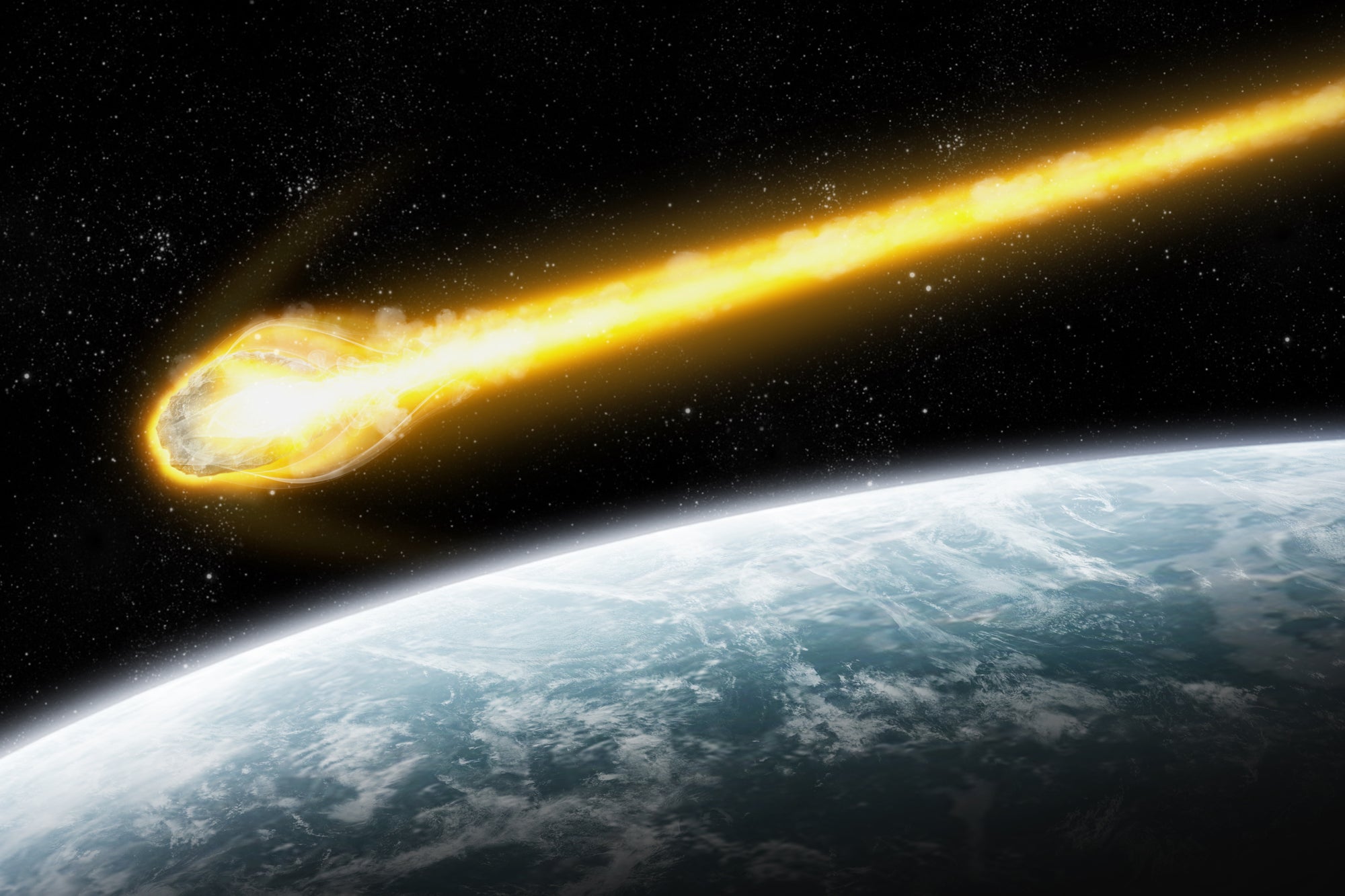Surprise asteroid strike could destroy our cities, astrophysicist warns

Your support helps us to tell the story
From reproductive rights to climate change to Big Tech, The Independent is on the ground when the story is developing. Whether it's investigating the financials of Elon Musk's pro-Trump PAC or producing our latest documentary, 'The A Word', which shines a light on the American women fighting for reproductive rights, we know how important it is to parse out the facts from the messaging.
At such a critical moment in US history, we need reporters on the ground. Your donation allows us to keep sending journalists to speak to both sides of the story.
The Independent is trusted by Americans across the entire political spectrum. And unlike many other quality news outlets, we choose not to lock Americans out of our reporting and analysis with paywalls. We believe quality journalism should be available to everyone, paid for by those who can afford it.
Your support makes all the difference.A top astrophysicist says a city-destroying asteroid strike could take us by surprise.
Profressor Alan Fitzsimmons says that an event similar to the 1908 meteoroid explosion over the Tunguska region of Russia could happen again.
The meteor exploded above the Earth, levelling 80 million trees across an area of 800 square miles.
Because of the remote location, no-one was killed – but if it had happened over a city the devastation would have been huge.
Prof Fitzsimmons said: "It is important to know that scientists and engineers have made great strides in detecting near-Earth asteroids and understanding the threat posed by them.
"Over 1,800 potentially hazardous objects have been discovered so far, but there are many more waiting to be found. “Astronomers find Nstriear-Earth Asteroids every day and most are harmless.
"But it is still possible the next Tunguska would take us by surprise, and although we are much better at finding larger asteroids, that does us no good if we are not prepared to do something about them."
His warning comes in the same week that an asteroid with a diameter of more than 200 metres is hurtling in Earth’s direction, and is likely to miss us by just under eight lunar distances.
But there's no need to cancel your weekend plans – that's the equivalent of 1,864,113 miles.
Known as Asteroid 441987 (2010 NY65), it was discovered in July 2010 by the Wide-field Infrared Survey Explorer spacecraft and is expected to pass Earth every year until 2022.
While Nasa keeps an eye on passing space objects, this one is very unlikely to pose any kind of threat. In January this year, an asteroid as big as a 10-storey building passed Earth at a distance of half that of the Moon.
Join our commenting forum
Join thought-provoking conversations, follow other Independent readers and see their replies
Comments